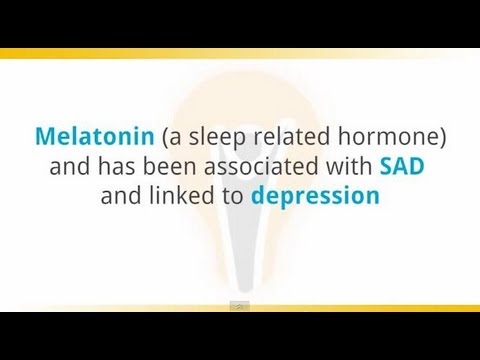What is Seasonal Affective Disorder?
Seasonal Affective Disorder, or SAD, is a type of depression also known as winter depression or the winter blues. It is a mood disorder in which individuals with normal mental health through most of the year experience depression symptoms during the winter months. A much less common type of SAD, known as summer-onset depression, generally begins in the late spring or early summer and goes away with winter. SAD may be related to changes in the amount of daylight during different times of the year. SAD is more common in women than in men. Although children and teenagers experience SAD, it generally does not begin in people younger than 20 years of age. Winter-onset SAD is more common in northern regions, where the winter season is typically longer and more harsh. SAD has been linked to a biochemical imbalance in the brain driven by shorter daylight hours and a lack of sunlight in the winter months. As seasons change, individuals may experience a shift in their internal biological clock or circadian rhythm and can cause their daily schedule to be disrupted. Melatonin, a sleep-related hormone, has also been associated with SAD. This hormone has been linked to depression and is produced during higher levels of darkness. In the winter when the days are shorter and darker, melatonin is produced which can then lead to symptoms of SAD. Researchers have proven that bright light positively affects the brain chemistry reducing the symptoms of SAD. Seasonal affective disorder is a type of depression that can severely impact your daily life. Treatment, which may include a light therapy aid, can help you successfully manage the disorder. You do not need to continue to dread the coming of fall and winter anymore.
For more information about Seasonal Affective Disorder, visit our website.
http://auroralightsolutions.com/
source
